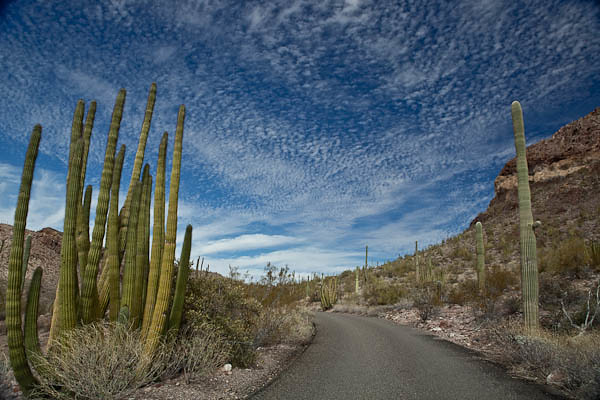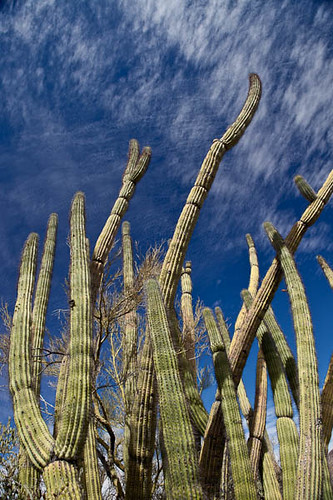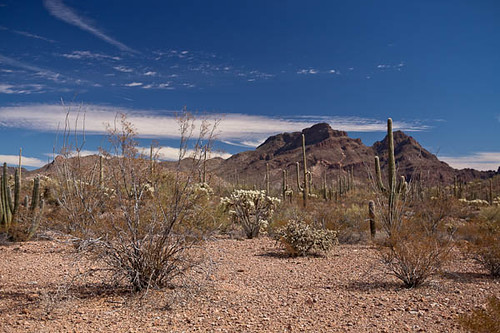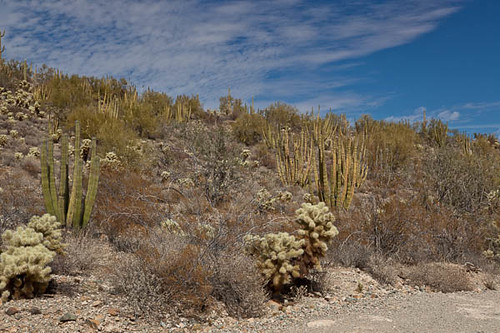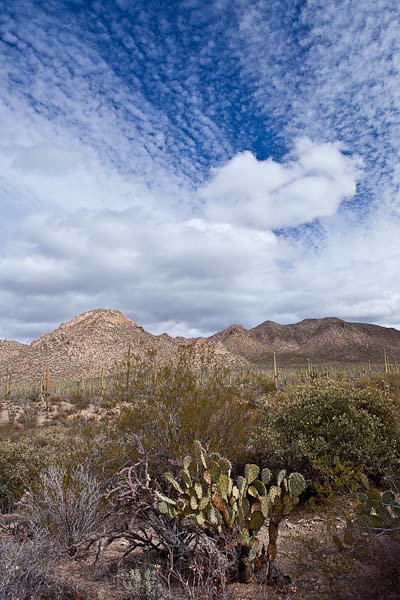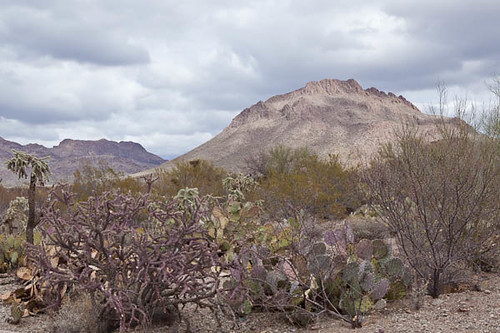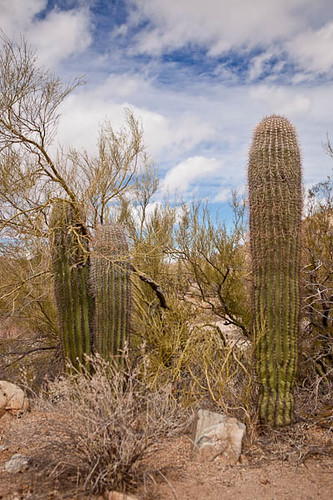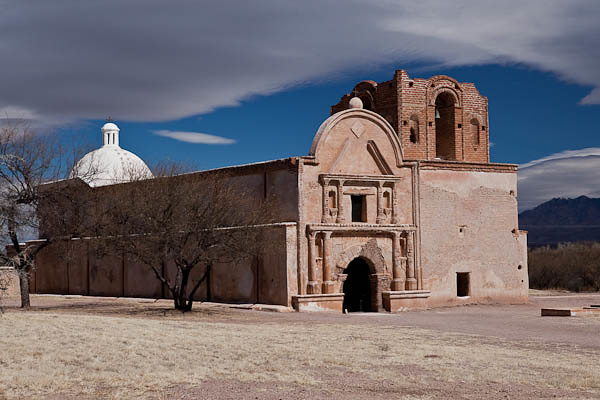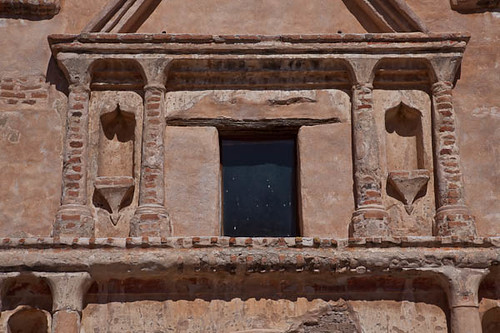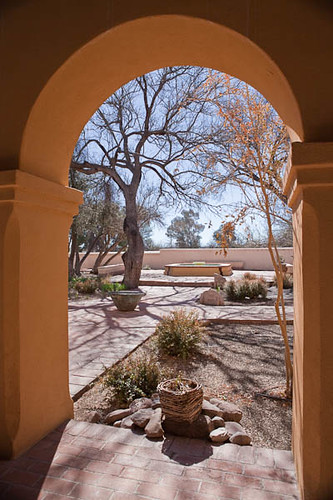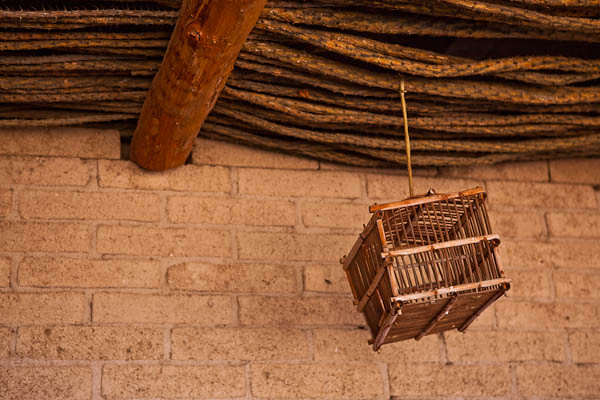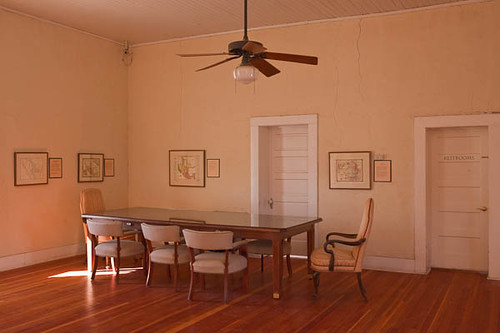One of the best ways to explore a large portion of Organ Pipe Cactus National Monument is to do so on the loop road. Not usually my favorite way to see a national park, but in this case, it was certainly an efficient way to see various habitats of the park while taking advantage of the protection and speed of my car. Less wear and tear on my body, and I didn’t get lost once! Of course, it IS a loop…
The 21 mile Ajo Mountain Scenic Road winds from desert floor, ascends through the Ajo Mountain Range, and then returns to the desert floor. The beginning is partly paved, but once it reaches higher elevations and tight passes, the road becomes rocky and bumpy, a bit of an adventure ride. And I have to say, I have seen National Parks and Monuments in the 48 lower states, and I think this 20 mile length of road rivals almost any other road, National Park or not, for its breathtaking beauty. I think it must be in my top five favorites.
The organ pipe cactus is much like it s cousin, the saguaro. Both large cacti grow near a nurse tree, often a palo verde, as shown in this photograph. A bird, while sitting in a tree, makes a deposit under the tree which includes the seeds of cactus. The tree provides protection from the harsh sun, carnivores and water from the nurse tree as it indirectly waters the seedling cactus. If it isn’t eaten, frost-bitten, or scorched to death, it may make it. Cacti have the best chance of making it past the first few years of growth if the weather is milder and wetter than average.
These conditions happen only a few times in a century in the Arizona Uplands where Organ Pipe National Monument is located. That is why there are only a few sizes/ages of cactus in a any given area. The lucky cacti that make it to the height of three feet–40 years worth of growth–are quite resistant to weather extremes and animal damage, and have much lower mortality rates than the younger cacti.
This region of the Sonoran Desert seems much less cluttered than the desert I hiked in a few days ago, the western unit of Saguaro National Park. There everything was a jumble of clutter. Here, it looks like the maids have come through, preparing for an inspection from the “Good Housekeeping” desert spirit.
Organ pipes are easily distinguished from the saguaro, and the other large, but less common cactus, the senita. (No photos of the senita yet, but I’ll keep looking.) Organ pipes have arms that rise from ground level, their stems are often thinner, and they do not sprout projecting arms.
They are uncommon in the United States–found only in Organ Pipe Cactus National Monument and the adjacent Tohono O’odham Indian Reservation located in south central Arizona. This is the most northern habitat for these plants. They are common in the Sonora, Mexico to the south. At that most southern part of the Sonoran desert, these cacti grow with such density, they appear as a sea of organ pipes. Now that is something I would love to see!
Organ pipes are usually found on south facing, rocky mountain sides. In Organ Pipe Cactus National Monument, the south exposures are one of the warmest micro-habitats in the United States. The cacti typically grow about 10 feet high, though occasionally they can be seen twice that height. Their flowers are white, and bloom at night from April through August. They open in the dark and close shortly after sunrise. That would be something to see, too.
In the photograph above, the organ pipes are joined by the fuzzy Teddy Bear Cholla, a few palo verde trees, and creosote bushes.
————————-
Bo Mackison is a photographer and owner of Seeded Earth Studio LLC. She is living in Tucson for two months, exhibiting her photography in art shows, taking photographs, and blogging about photography, art fairs, and living life “solo.” She is finding the desert habitat more and more to her liking. She is also finding that a solitary life comes with unexpected gifts, too.
